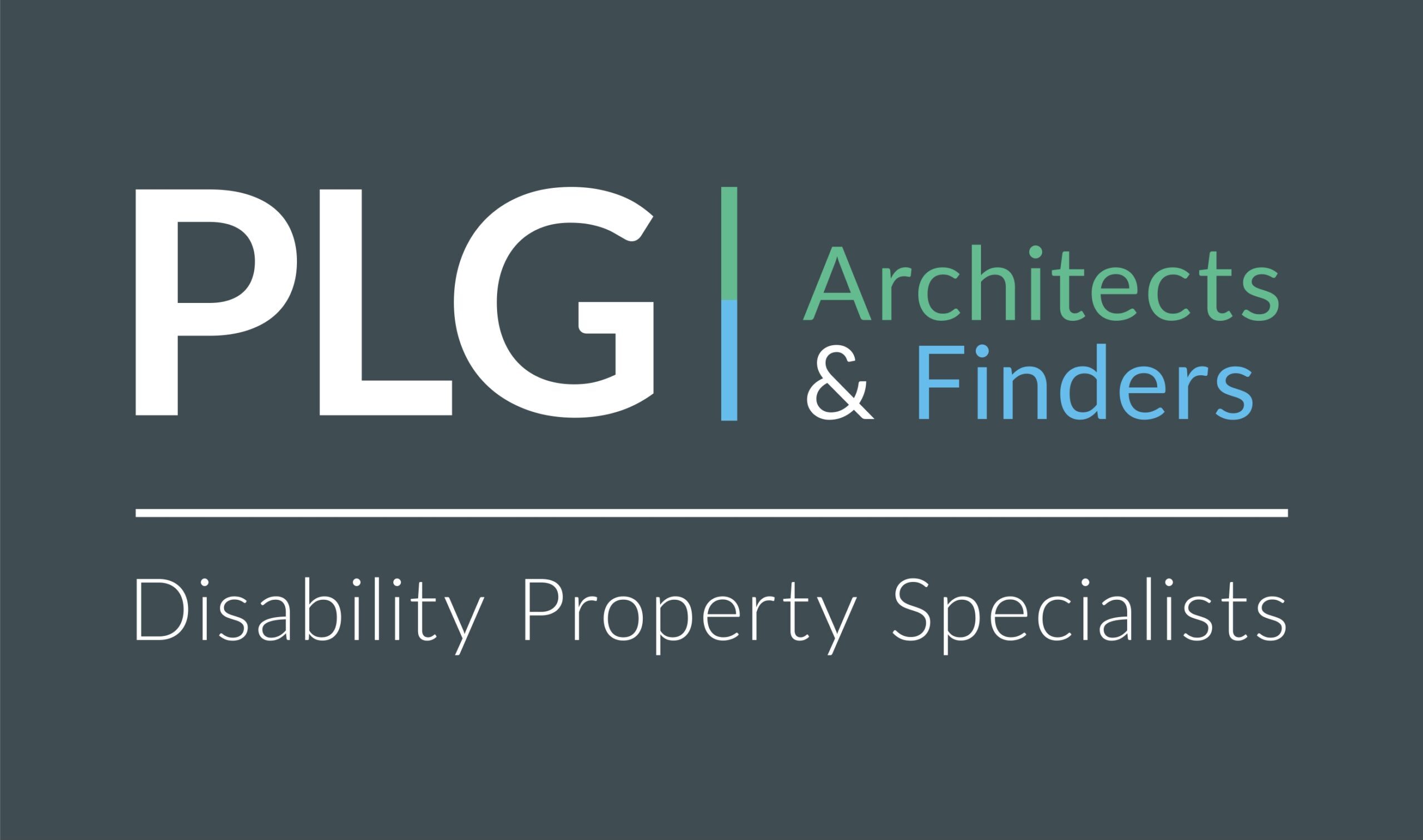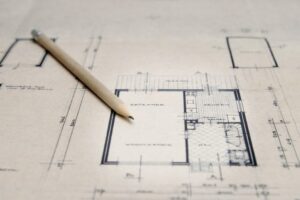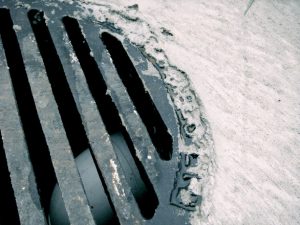A Catastrophic Injury, whether as a result of Personal Injury or Clinical Negligence, is life changing.
The knock on effects and ramifications for an individual and their immediate family affects every aspect of their lives, very often with little respite or escape. A key milestone of the litigation process is very often the purchase of their new home. After making do in wholly unsuitable or rented accommodation we know clients are itching to find, buy, adapt and move into their own bespoke property as soon as possible. However, this should not be at the expense of thorough due diligence.
Personal injury and clinical negligence claims can be drawn out, long winded affairs, which at times seem never ending for the families involved. Quite often this pressure means rash or hasty decisions can be made in the desperation to get settled and try to regain some control of their lives.
We all know that surveys are needed on any house purchase – with a Homebuyers, or full building survey depending on the type, age or value of a property, being the “go to” investigations. These surveys are critical and provide an overview and a general condition report but are very often to an extent superficial and contain so many caveats that large parts of them are rendered virtually useless. Pre Purchase due diligence is essential on any purchase, but when looking after the interests of clients that are disabled and have secured funds through the litigation process, it is imperative that an extra degree of care and attention is paid. These funds can only be spent once so ensuring they are spent in the right way means the standard surveys simply don’t cut the mustard, especially where every penny is a prisoner.
Without having a detailed understanding of the property and all it requires it is possible that a client could not only end up paying over the odds for a property because of the hidden faults, but more worryingly, later down the line once adaptation works begin, there is unlimited potential for costs to mount should there be unwelcome surprises such as faulty drainage, intermittent electrical faults or varying degrees of asbestos. With clients who have a finite amount of funds to last a lifetime, and real potential for costs to escalate, the correct course of action is to go one step further than the norm and instruct key specialist surveys, as the risks are too high should a misjudgement be made. Instructing an Electrical Condition Report, CCTV Drain Survey, Plumbing Condition Report, Asbestos Management Report, and Timber, Damp & Wall Tie report will give you a far clearer picture on the reality of the building and its true condition. This, when combined with an initial sketch scheme and costplan before the transaction is completed, means a much greater grasp of the real costs are known, ultimately protecting all of those involved but especially the client. Far too many instances of poorly thought through purchases have meant clients going from one compromised situation to another, only with greatly reduced options for the long term future.
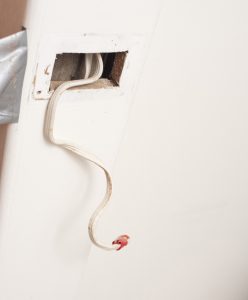 Overall people rightly or wrongly assume, that if the power is working then the electrics must be fine. I imagine if you spent the day in the life of an electrician you would soon
Overall people rightly or wrongly assume, that if the power is working then the electrics must be fine. I imagine if you spent the day in the life of an electrician you would soon
realise how far this is from the truth. We recommend an electrical condition report is undertaken by an NICEIC registered electrician who will provide you with a domestic electrical installation condition report detailing the complete electrical status of the property, and alert you to any faults, or non-conformance with current electrical standards, as well as advise on any older parts of the circuitry which may need monitoring. This is usually accompanied by a formal report and a quotation so you can quantify any required works. The most reassuring aspect of this survey is discovering if any previous owners have turned their hand to electrical DIY, and whether or not any ‘minor fixes’ have altered the distribution of power or safety of the system. We’ve been told of one instance where clients were intended to live in the property immediately, having planned some relatively minor enabling works prior to the full adaptations taking place. The property had been secured by the family, who were very “hands on”, and their legal team who had managed the purchase. Once the enabling works commenced, the contractors identified a number of serious issues that resulted in all work being halted immediately. The family in question had already given notice on their rental property and were it not for a very understanding landlord they could have been left homeless whilst actually owning a home! Ultimately, whilst the issues were resolved, it was certainly an eye opener for all involved.
Delving further into the hidden unknown of properties, the underground drainage system is the least visible of the services, but one of the most vital. The subterranean pipe system is often overlooked, primarily because of the limited access, and is why the importance of a CCTV Drain Survey cannot be emphasised enough. The surveyor will insert a camera into the drain system to look for blockages, cracks, collapses, and uneven distribution of water to ascertain how the drainage system operates and what aspects the client is responsible for, especially if the drainage network is connected with that of neighbouring properties. You will receive a DVD and a report of their findings, along with any recommendations and associated costs. For approximately £200 for a basic inspection, with the potential for thousands of pounds to be spent remedying any latent issues, it is a worthwhile investment on both new and old properties.
Should you find your client has their heart set on a somewhat more dated property, you will need to bear in mind that older properties are more likely to have antiquated or ‘patched up’ plumbing systems. Everyone has experienced the odd leaky tap, but if the leaks extend to shower heads, joints or even gas fires, that’s when there are more serious issues to contend with. A plumbing condition report will detail all of the water and gas plumbing systems in the property, provided you instruct a Gas Safe registered plumber. They will firstly identify the type of gas the property is serviced by and proceed to examine all fittings and fixtures for wear and tear and to ensure there are no leaks on the systems. They will also advise on the age of the boiler and other heating appliances, and recommend if they will need replacing within the foreseeable future.
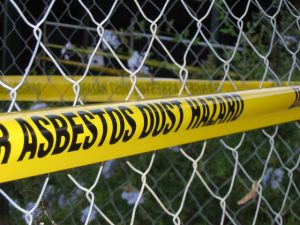 If the property your client wants to buy is more than 15 years old, and most of the properties in the UK are, you will need to be mindful that asbestos is highly likely to feature in many aspects of the building. This really is a job for the specialists, as only approved and registered contractors are allowed to handle, test for and dispose of the substance. An Asbestos Management Survey is a non-intrusive way of identifying any potentially asbestos materials in the property. The surveyor will take samples from multiple locations and send them to a lab to be tested. Should any results return positive, you can ensure the material is managed and disposed of in the correct way. The costs of the management survey can later be recovered if a refurbishment/demolition survey is instructed during any adaptation works. In our experience we have seen projects avoid substantial additional costs because asbestos was identified prior to decisions on the intended layout being confirmed. With the guidance of the asbestos management team we were able to alter the initial plans, and work with the family and contractor to find a safe and suitable alternative which would save the family money and reduce any potential risk. The requirement for this survey doesn’t need further explanation, it nullifies the hazards and allows you to plan ahead. The flip side of the coin here is when the desired checks haven’t been made, it is only when contractors are on site that the presence of asbestos is identified. It’s one of those wonderful materials that there is no immediate answer to as it is necessary to follow the formal procedure of testing, analysis and if needed, removing. This can mean delays of weeks to a project before it has even got started along with the associated hassle, costs and stress.
If the property your client wants to buy is more than 15 years old, and most of the properties in the UK are, you will need to be mindful that asbestos is highly likely to feature in many aspects of the building. This really is a job for the specialists, as only approved and registered contractors are allowed to handle, test for and dispose of the substance. An Asbestos Management Survey is a non-intrusive way of identifying any potentially asbestos materials in the property. The surveyor will take samples from multiple locations and send them to a lab to be tested. Should any results return positive, you can ensure the material is managed and disposed of in the correct way. The costs of the management survey can later be recovered if a refurbishment/demolition survey is instructed during any adaptation works. In our experience we have seen projects avoid substantial additional costs because asbestos was identified prior to decisions on the intended layout being confirmed. With the guidance of the asbestos management team we were able to alter the initial plans, and work with the family and contractor to find a safe and suitable alternative which would save the family money and reduce any potential risk. The requirement for this survey doesn’t need further explanation, it nullifies the hazards and allows you to plan ahead. The flip side of the coin here is when the desired checks haven’t been made, it is only when contractors are on site that the presence of asbestos is identified. It’s one of those wonderful materials that there is no immediate answer to as it is necessary to follow the formal procedure of testing, analysis and if needed, removing. This can mean delays of weeks to a project before it has even got started along with the associated hassle, costs and stress.
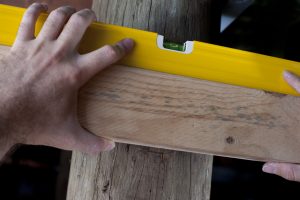 Finally, the lesser known Timber, Damp & Wall Tie report is by far the cheapest, easiest and arguably the most worthwhile survey you will instruct. A lot of timber restoration companies will undertake a survey free of charge, however their specialisation will dictate if they are able to conduct all three aspects so it is advisable to call several to make sure you instruct the one best suited to what you’re looking for. This three in one report can work in conjunction with both the CCTV Drain Survey, and Plumbing Condition Report, to help identify any unexplained damp in the property. This can then be further investigated by the plumber and drain specialist to ensure there are no unreported leaks which may compromise the structure of the building. Furthermore it will also advise if the timber has any infestations, or if previous infestations have dramatically weakened the structure.
Finally, the lesser known Timber, Damp & Wall Tie report is by far the cheapest, easiest and arguably the most worthwhile survey you will instruct. A lot of timber restoration companies will undertake a survey free of charge, however their specialisation will dictate if they are able to conduct all three aspects so it is advisable to call several to make sure you instruct the one best suited to what you’re looking for. This three in one report can work in conjunction with both the CCTV Drain Survey, and Plumbing Condition Report, to help identify any unexplained damp in the property. This can then be further investigated by the plumber and drain specialist to ensure there are no unreported leaks which may compromise the structure of the building. Furthermore it will also advise if the timber has any infestations, or if previous infestations have dramatically weakened the structure.
It is clear to see that in order to complete satisfactory due diligence there is far more information to be gathered than can be found in one general report, with most Homebuyers reports or building surveys acknowledging this point and suggesting further investigation. The combination of these five additional surveys, in conjunction with a Homebuyers report or building survey will undoubtedly provide you with a clearer picture of the various elements of the building. Clearly this is a huge amount of information and a lot of the results may not mean much to the untrained eye, therefore summarising each report and forming them into a single document helps simplify matters for the various stakeholders. There is so much more at stake in cases where people will rely on not only their funds to support them for a lifetime, but also their property, and as such, greater effort and standard of care needs to be undertaken.
The whole litigation process is geared to helping people who are disabled move forward with their lives once again in the most comfortable manner available. Very often, the new long term home is a psychological finishing line for clients and frequently marks the end of years of living in extremely difficult circumstances. This often brings out a huge amount of emotion for everyone involved.
It is essential that in the midst of the emotion that proper due diligence and care is shown towards the purchase and all avenues investigated to ensure the funds are being spent in the correct manner. As with any property matter this isn’t an exact science, however, following the simple steps above ensures that a much clearer picture can be presented for a better informed approach to the decision making process. In addition to this it can quite often be used as a tool for renegotiation as the evidence gained generally highlights issues that are going to affect any purchaser.
The Pre Purchase Report, when correctly pulled together, should form the cornerstone of the Architectural element and ensures, following completion of the transaction, that things don’t once again grind to a halt. To read more on this essential area of property search and purchase management please go to our website at http://plg.uk/pre-purchase-reports/
Phillip Gill
Managing Director
PLG Consultants
